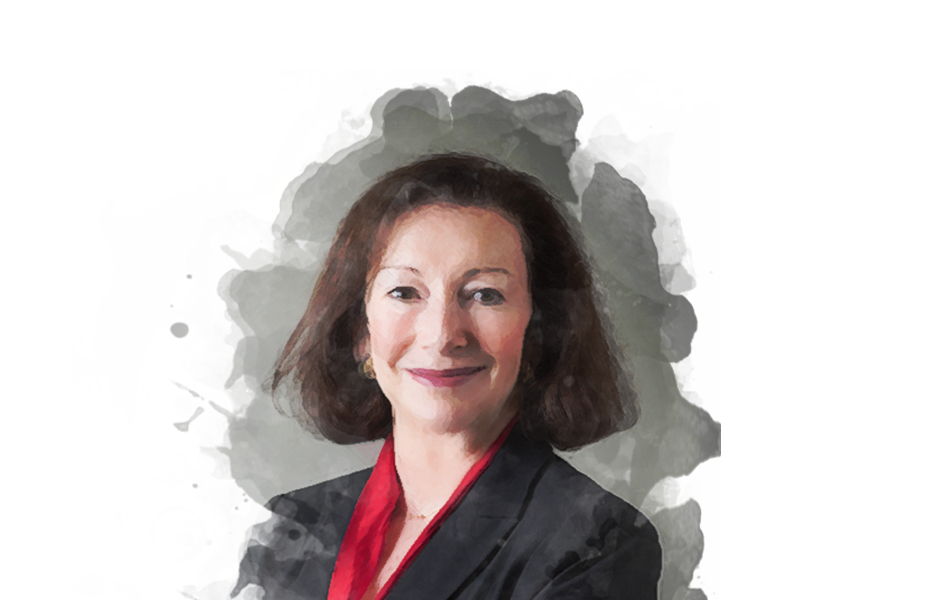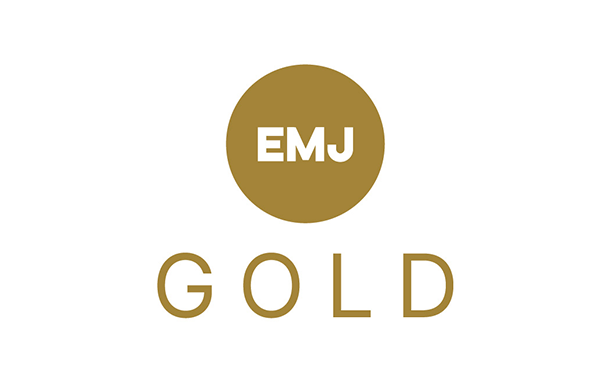Victoria Elegant, Vice President and Region Head of Medical, Amgen, shares insights on the importance of diversity in delivering innovation, pharma in the JAPAC region and what medical affairs teams across the globe can learn from China
Interview by GOLD
Resident of Hong Kong, home to Amgen’s JAPAC headquarters, Victoria Elegant is Vice President and Region Head of Medical at Amgen, and President of the Medical Affairs Professional Society (MAPS) JAPAC. We spoke to Victoria about her well-established pharmaceutical career in the Asia-Pacific region and the importance of diversity in bringing the industry to the forefront of innovation and excellence.
Could you tell me what your proudest achievements are and the challenges you faced in reaching them?
My proudest achievements are building something up from nothing. In Australia, I built up a team from 20 to 150, bringing in talent and putting processes in place, while keeping the team effective during the disruption of building the function and completing a merger in a short space of time.
I did the same at a different company in the Asia-Pacific region where there were no clinical or medical teams. Asia is very diverse, so the challenge was taking the cultural viewpoint into account while finding the right people.
As a leader, I am very proud when staff whom I have coached and developed grow and move into more senior positions. I’ve had team members who have gone on to become medical directors and I have worked with members of my team to build their confidence up so that they develop leadership skills.
What I am most proud of though is the direct impact I’ve had on patients. I’ve worked on initiatives across a number of areas to put programmes in place that were non-product and therapeutic area specific to really improve patient outcomes and standards of care.
From your experience, what is it about China in comparison to its other global counterparts that has fuelled their recent growth and innovation?
Having spent almost 10 years in Shanghai, I was lucky to be in China when the country saw growth and reform. China has been playing catch-up with the rest of the world; what the world has taken 80 years to do, China has done in 20 and has done so successfully.
They have also been focused on what their priorities are and have had laser light intensity on what has needed to get done – and they’ve had to, because of the way the country is moving and the growing expectations of the population, particularly in terms of medical care.
The government have also put measures in place to bring back talent. A lot of people went overseas and developed their capabilities, either working in academia or industry, and so some attractive incentives have been implemented to get people to come back, and people are willing as they want to give something back to their country.
What can the Chinese pharma industry do to keep building and attracting talent in Medical Affairs? What are the other key challenges facing MA in the JAPAC region?
The China Medical Affairs Network, through cross industry collaboration, was set up to address exactly this issue. It is also one of the key issues we discuss in MAPS because the whole region, not only China, is facing challenges.
In Australia for example, medical science liaison numbers have increased substantially in the last 3–4 years, and only now is MA beginning to gain more traction in Japan and India. Companies have to continue looking at their best and brightest who they can place in MA roles and, as well as internal training programmes, we have to work across the industry to train and share experience – and that’s the advantage of MAPS because it’s a global organisation.
The other difference is that companies have different expectations of MA. In China, certainly 10 years ago, people thought of MSLs as super reps, so it’s about making sure we work across industry again to ensure people really understand MA, the MSL role, and the value added by deep scientific exchange.
During your career you have been involved in initiatives that have strived to achieve a 50:50 gender balance across the senior management level. Why is it crucial that we have a diverse array of talent in the industry?
My teams in Asia have always been diverse, which is one of the reasons I love working here – for the cross-cultural complexity and diversity. Diversity in a team is crucial because it drives innovation, it drives constructive dialogue, and it drives different kinds of critical thinking.
We want people who can bring their different views and experiences to the table, because we need to evolve – we don’t want to keep doing things the way we’ve always done them. We need to keep pushing innovation and driving excellence for the sake of our patients.
From a gender perspective, women make up 50% of the population so it’s really important that those different viewpoints are represented. There are some places in Asia that have been a challenge, so it’s crucial that we put initiatives in place that will drive this change. If you don’t have the views of half the population represented, then you get a very skewed view of things.
One of your values at Amgen is ‘Compete Intensely and Win.’ What personal attributes do you have to lead this mentality and ensure Amgen bring the best, life-changing solutions to its patients?
This is one of my favourite values and for me it’s about being results and solutions focussed. Making things happen and driving change is key to success. I never take no for an answer, so after figuring out the solution – if it can’t be done one way, if it is the right thing to do – I will figure out another way to make it happen.
I tell my MA teams that they always need to be one step ahead when having discussions with commercial; if commercial propose an idea that MA may feel uncomfortable with, then we need to be prepared with an alternative and work collaboratively, not just say no to their suggestions. I never say or take ‘it cannot be done.’ If it’s the right thing for patients, then you can usually always find a solution.
Finally, who or what outside of the pharma industry inspires you, and why?
I am a working mother with three children, and I have always tried to make sure that I not only develop myself as much as possible but that I also give my children the attention they deserve.
So, for me there are two people. One is Melinda Gates, because she has been able to take the position she is in and be a working mother, but then has also focussed on women and the education of women. There is an initiative she is leading for global access to contraception, which is critical because if children are spaced apart, it has been shown that they can be better educated, which improves quality of life.
The other is Nancy Pelosi. She started off as a working mother to five children and worked her way up in politics. I think she is just extremely good at her job and, if you look at the interactions she has and the way she presents herself, it’s very inspiring. She’s 78 and, looking forward, I want to be having the impact she has when I’m that age.
Both women are having a significant positive impact in their arenas. I think there is a deliberateness to the fact they are both working women and working mothers, but it’s a hard act to balance. There is all this debate about whether you can have it all, and the answer is you can. I believe if you are happy and fulfilled with yourself, then that will resonate with your children and with others.






